4 of Asia's best independent hotels
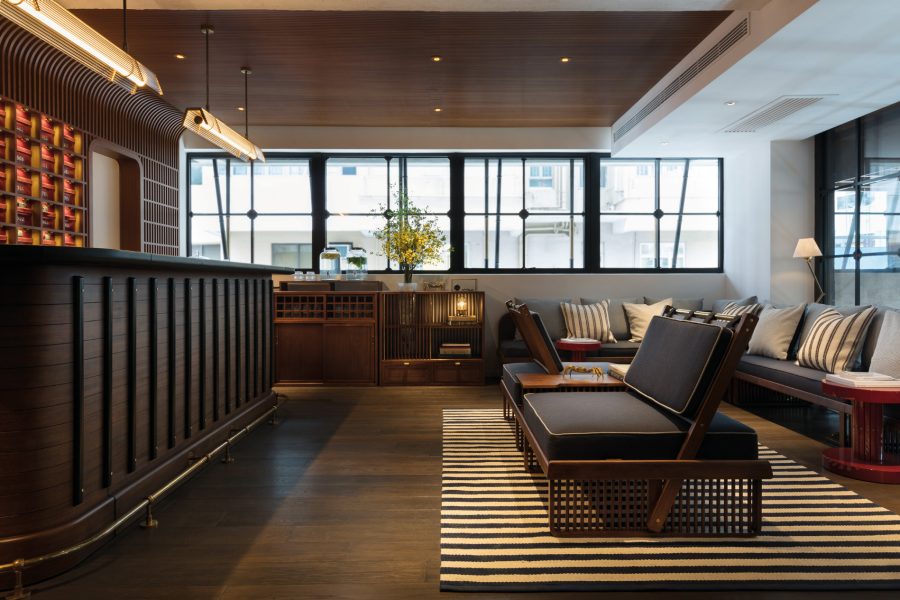
When it comes to hotels, we tend to trust in brands. There are lots of brands, of course, from global behemoths to boutique outfits with a handful of properties. The number of brands is increasing, too, as groups merge and create new chains to suit different customers. Yet some hotels choose to stay independent, resisting the lure that a group brand brings, going it alone and delivering unique guest experiences by design.
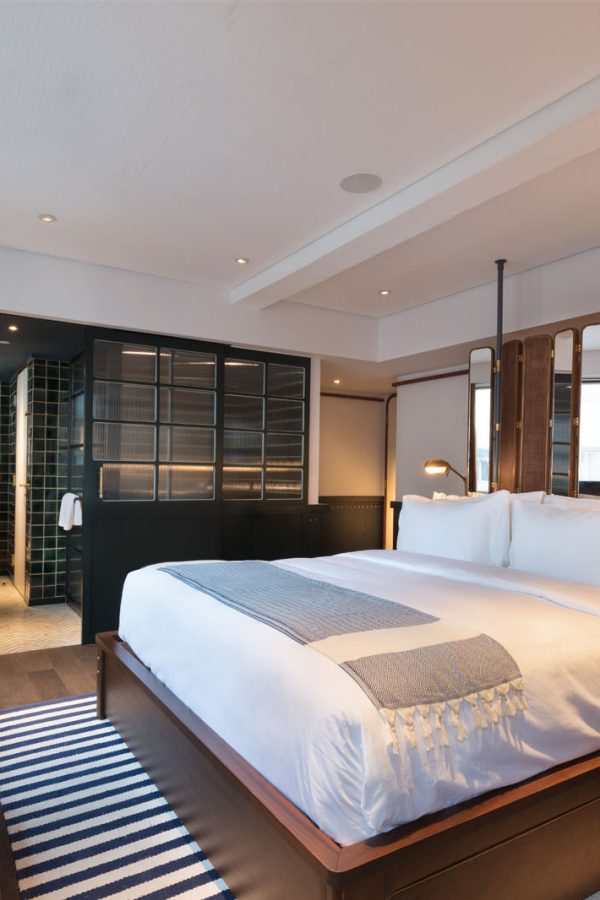
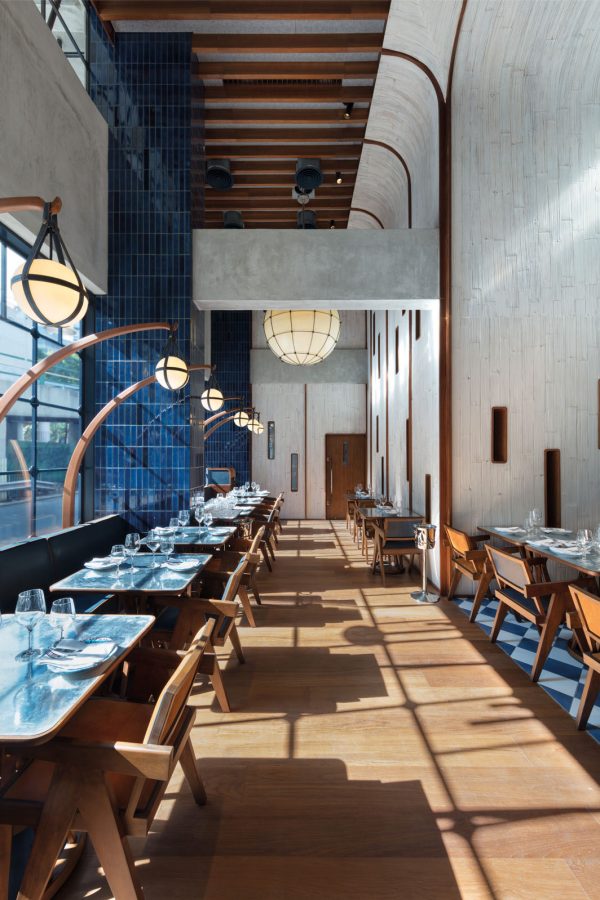
The Fleming, Hong Kong
Late last year, The Fleming was transformed. After 10 years in existence, it underwent a massive renovation, and a quirky boutique was unveiled. Masterminded by owner John Hui and consultant Jason Cohen, The Fleming has become a 66-room hotel that pays homage to old Hong Kong. Along with retro-inspired neon signage and light fixtures resembling bamboo scaffolding, they added navy striped rugs, bench-style seating in the lobby and porthole-like bathroom mirrors that reference the longstanding Star Ferry service. Hui and Cohen clearly had fun in the design process, down to the Chinese apothecary-style toiletries. Their singular inn will reignite the romance of travel for anyone who has ever woken up in a cookie cutter hotel room wondering, ‘Where am I?’
thefleming.com
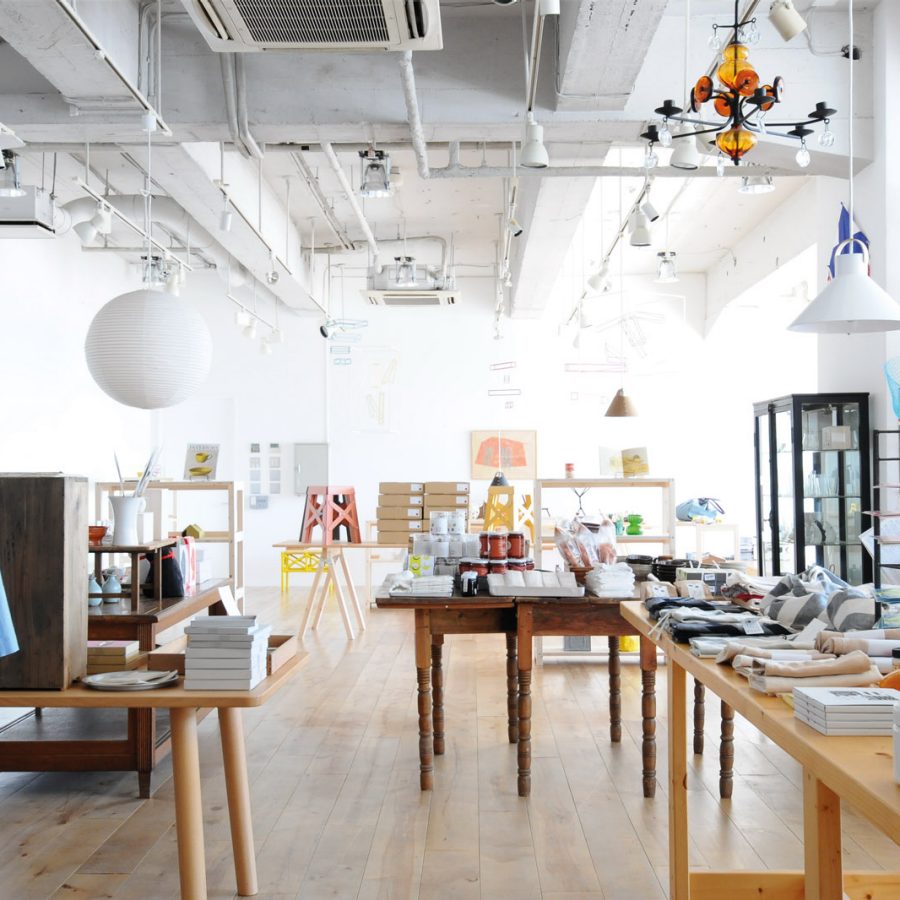
Claska Tokyo, Japan
Most hotels have room categories based on size and amenities. But Claska does things differently. At this 20-room inn in Tokyo’s funky Nakameguro neighbourhood, it’s all about design. The rooms here are classified by style – modern, tatami and contemporary spaces or the one-of-a-kind rooms – each created by different architects and designers from across the country. Beyond the rooms, there’s plenty of character. The in-house boutique, DO (pronounced ‘dough’), offers quirky reinterpretations of Japanese traditional crafts and has become a cult favourite. To help visitors discover this eccentric corner of the city, there are vintage bicycles for hire. And Room 702 doubles as an art installation called Pa Jyama, with a teddy bear-filled bed and ever-changing wall displays.
claska.com
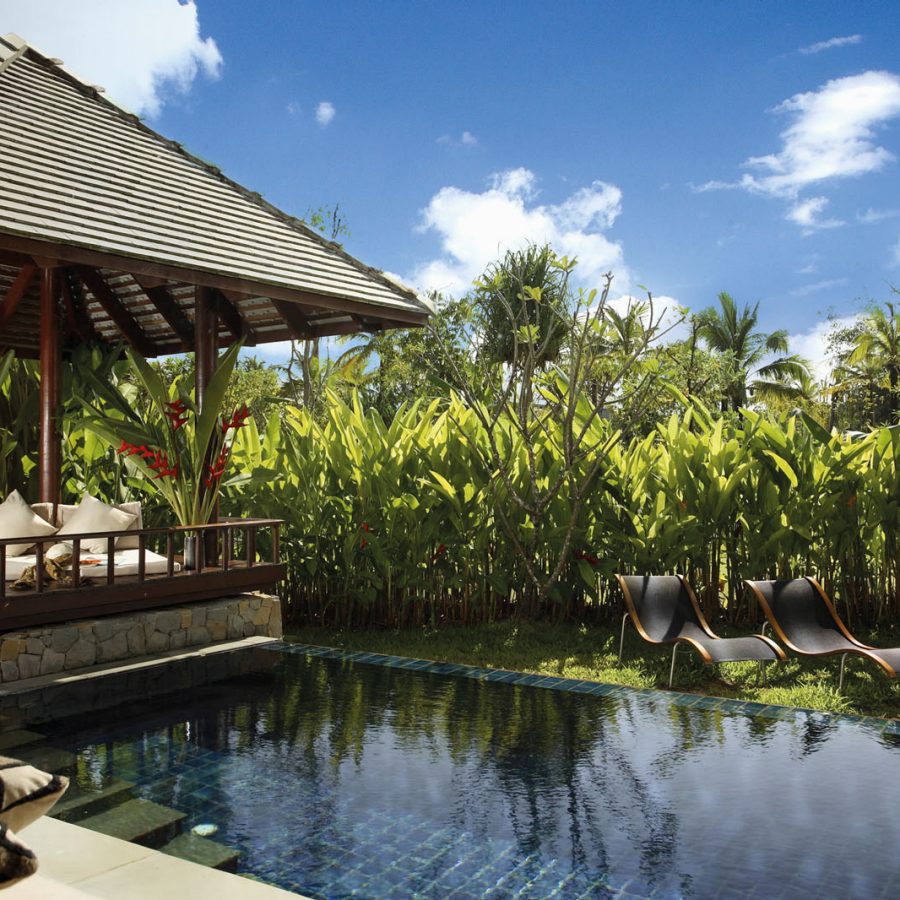
The Sarojin Khao Lak, Thailand
Like many independent hotels, The Sarojin is a manifestation of its founders’ travelling experiences. But in this beach resort, there’s more. British backpackers Andrew and Kate Kemp had dreamed of opening a resort for over a decade, something that would bring together luxury and their backpacking adventures. But just days before opening The Sarojin in 2004, the Boxing Day Tsunami struck, destroying their site and setting their plan back by years. Today, the 56-room property shows no signs of the devastation. It’s luxe yet wild, with tall grass, palm fronds and lotus ponds juxtaposed against clean modern design, infinity pools, oversized bathtubs and gorgeous indoor-outdoor blurrings. And in the foundation the couple started, The Sarojin Khao Lak Community Fund, the Kemps and the hotel continue to contribute to the tsunami recovery effort.
sarojin.com
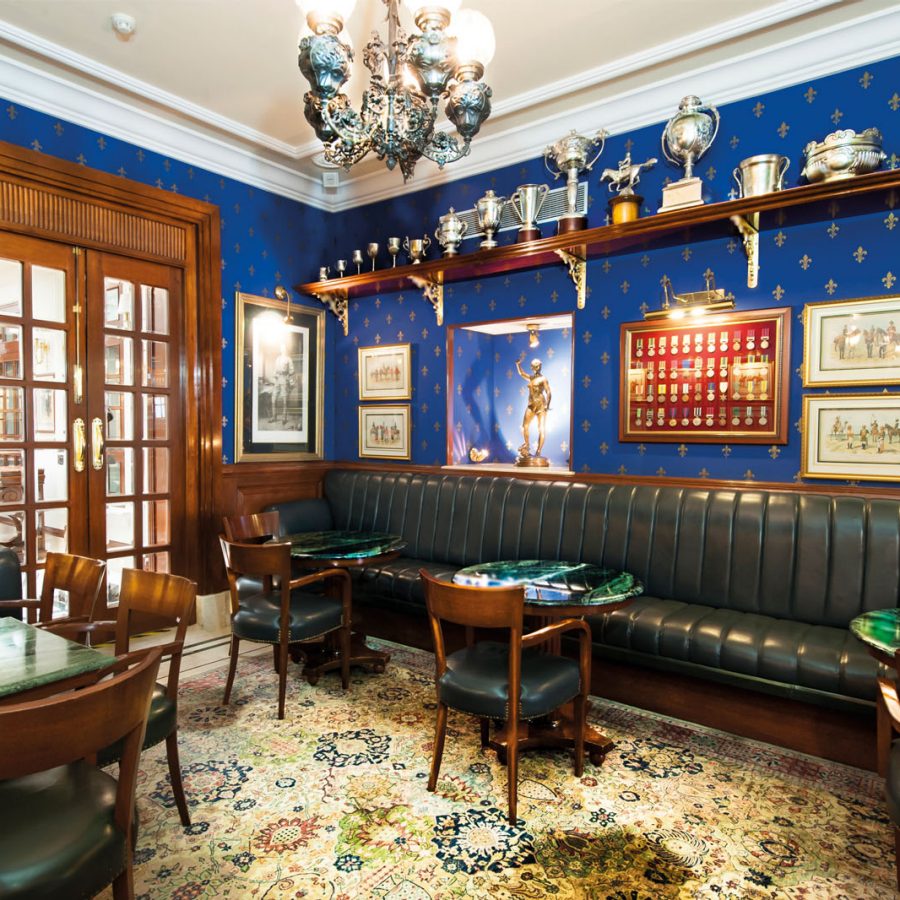
The Imperial New Delhi, India
We tend to think of independent hotels as boutique and new. The Imperial New Delhi is neither; this is one of Delhi’s grand dames. Built in 1936 by Sardar Bahadur Ranjit Singh, the hotel remains in the family, currently owned by two of his grandsons. The two were early adopters of sustainable practices to conserve and recycle energy and water, making the retro-chic address one of India’s greenest enterprises. Recently renovated, all 235 guest rooms include the expected luxury features yet show enduring autonomy with their ornate antique furniture, vintage art prints and intricate marble floors. But the long history remains here, particularly at Daniell’s Tavern, where the Bengali prawn curry, chicken tikka masala and curry lentil soup have been on the menu for more than 50 years.
theimperialindia.com
Flight and hotel packages are available from Cathay Pacific Holidays at cathaypacific.com
More inspiration
- China – the Chinese Mainland, Hong Kong SAR, Macao SAR and Taiwan Region
- Hong Kong SAR - English
- Chinese Mainland (China) - English
- Taiwan, China - English
- 香港特別行政區 - 繁體中文
- 中国內地 - 简体中文
- 中國台灣 - 繁體中文
- Africa
- South Africa - English
- Asia
- Bangladesh - English
- Korea - English
- Singapore - English
- Cambodia - English
- 한국 - 한국어
- Sri Lanka - English
- India - English
- Malaysia - English
- Thailand - English
- Indonesia - English
- Maldives - English
- ประเทศไทย - ภาษาไทย
- Indonesia - Bahasa Indonesia
- Myanmar - English
- Vietnam - English
- Japan - English
- Nepal - English
- Việt Nam - tiếng Việt
- 日本 - 日本語
- Philippines - English
- Australasia
- Australia - English
- New Zealand - English







